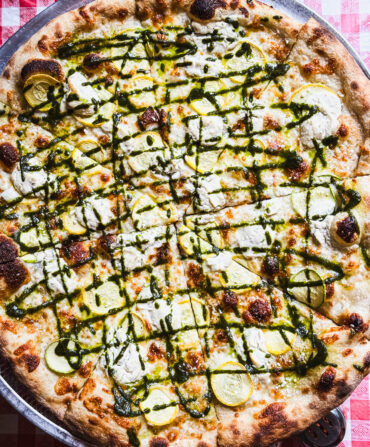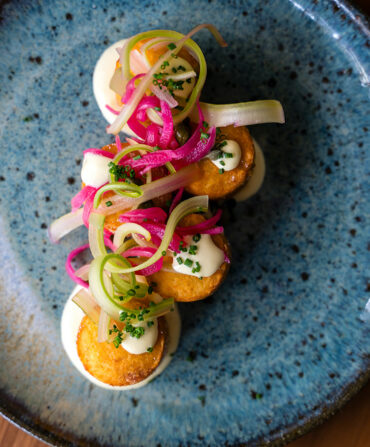A different shade of wine is carving out a prominent place at bars, bottle shops, wineries, and chic restaurants throughout the South, spinning the color wheel beyond red, white, and pink. Also called skin contact wine, orange wine may seem like rosé’s hip cousin, but it’s something fully unique—and ancient.
“When you’re making white wine, you press out and ferment just the juice of white grapes. For red wine, you take red grapes and ferment them on the skin. Orange wine is made when you take white grapes but make the wine like a red, fermenting it on the skin,” explains Jeremy Carter, the founder of Tarpon Cellars, which makes wines in Napa and distributes them throughout the South.
Orange wine traces back more than five thousand years to what is now the country of Georgia. It’s been made in the Italian region of Friuli for hundreds of years. In the states, the resurgence is more recent, popping up at small wineries in the last two decades. Tarpon first started making orange wine five years ago, but Carter and his team didn’t see much interest until the last year or so. “In the trendiest food cities—New York, L.A., Atlanta, Charleston, Nashville, Austin—the younger demographic of wine drinkers is becoming more educated and more discerning,” Carter says. “This skews them towards craft wine, and it’s hard to make orange wine on a large production scale. There is a minimalistic approach to it that really compares to craft breweries.”

And like craft beers, the taste of skin-contact wine varies widely: some wines have notes of citrus or apples; others are more earthy, pungent, or nutty. Carter calls Tarpon’s version a “gateway orange,” since it’s light, fruit-driven, and easy to drink. “But I tell everyone that everybody’s palate is unique,” he says. “There’s no right answer when it comes to wine. If you figure out what you like, you’ll never be wrong.”
For orange aficionados and novices alike, we asked a few Southern sommeliers which skin contacts they’re most excited to pour and sip this season.
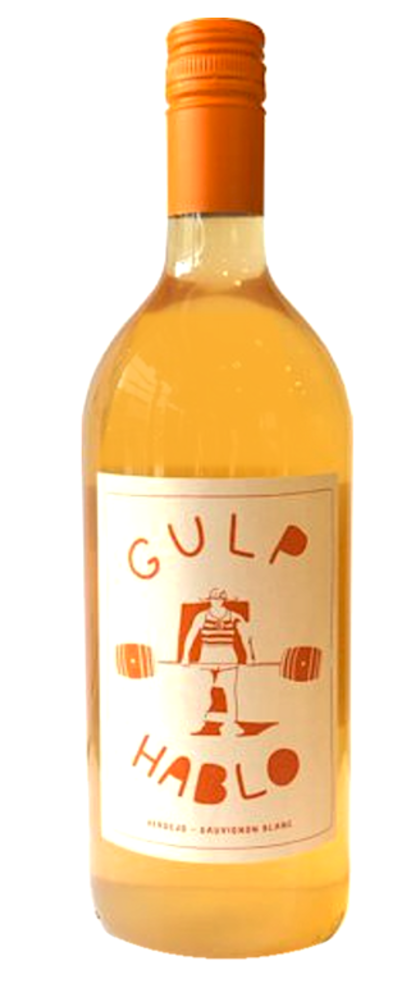
Gulp Hablo Orange from Bodegas Parra Jiménez and Bodegas Ponce
Spain
Zoe Skinner, the wine director at the Post House Inn in Mount Pleasant, South Carolina, was slow to accept orange wines. “I’ve been tasting them for over ten years now and never understood the oxidative style of so many of them,” she says. Then she tried Gulp. “This is not a thinking wine. This is a gulping wine—just as the name implies,” Skinner says. “It’s perfect for those hot summertime gatherings. It smells like candied orange blossoms, which wakes up your senses, and the easiness makes it perfect to throw in a bucket of ice on the porch to share.”

Bulli ‘Julius’ Frizzante from Bulli winery
Italy
“This wine is from the Emilia-Romagna region of Italy and is super popular with our brunch crowd,” says Aaron Walker, who owns N7, a popular French restaurant and wine bar in New Orleans’s Bywater neighborhood. “The grape it’s made from, Malvasia di Candia, is grown in limestone soils and macerated for five days on the skin. We joke and call this the Orange Julius as it is so dangerously drinkable.”
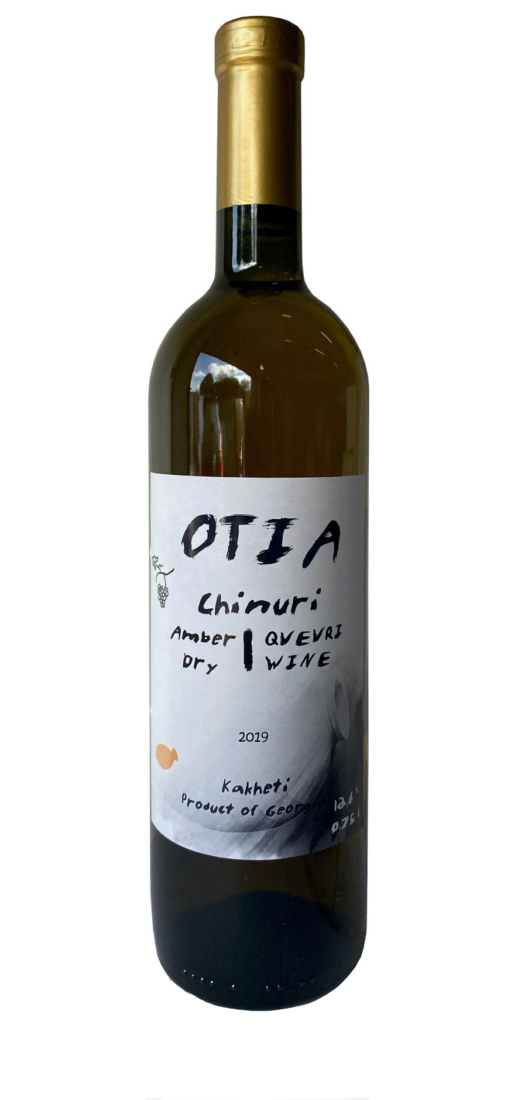
Georgia
If you’re up for something a bit more serious, Walker recommends trying the orange wine from Otia in the Kakheti region of Georgia. “Chinuri grapes are macerated for three months and provide a deep honey-like amber color,” he says. “It’s complex and sophisticated, and we often pair this with our duck and steak dishes or even one of our tarte flambés.”

Camurrìa from Di Giovanna Winery
Italy
At the Grey in Savannah, Georgia, wine director Tim Waters has fully embraced orange wines. “They’re very utilitarian and offer a great option to cool off in the summer heat while also pairing well with savory Southern dishes,” he says. “This one comes from the western hills of Sicily and is made from Grillo grapes. It’s our lightest orange wine, and it drinks tart, bright, and refreshing and has tangerine, papaya, and fresh herbal flavors. It goes great with our light seafood and vegetable plates.”
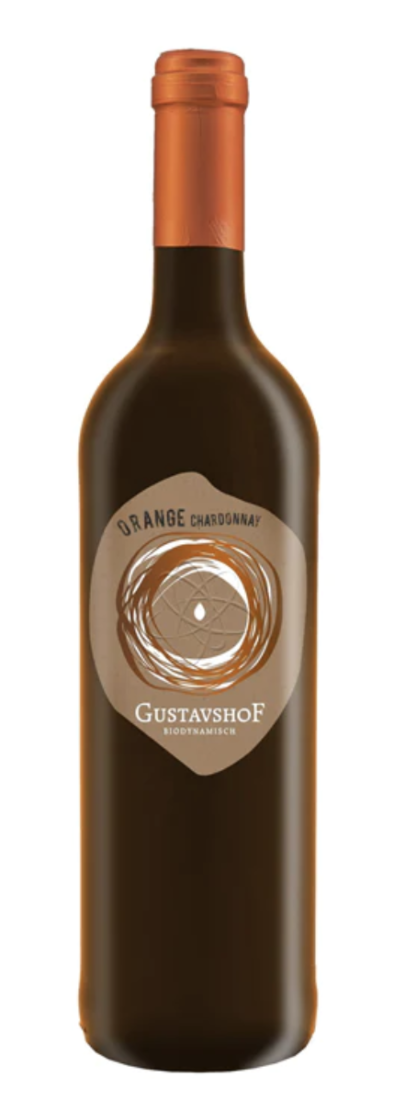
Gustavshof Orange Chardonnay from Gustavshof
Germany
“This one comes from the banks of the Rhine River in Germany and drinks heavy and savory,” Waters says. “It almost reminds us of drinking a funky farmhouse sour beer or apple cider. It has an apple flavor, but not from the kind of apples you find in a grocery store; it’s like an apple you find deep in the countryside from an unknown tree variety.”
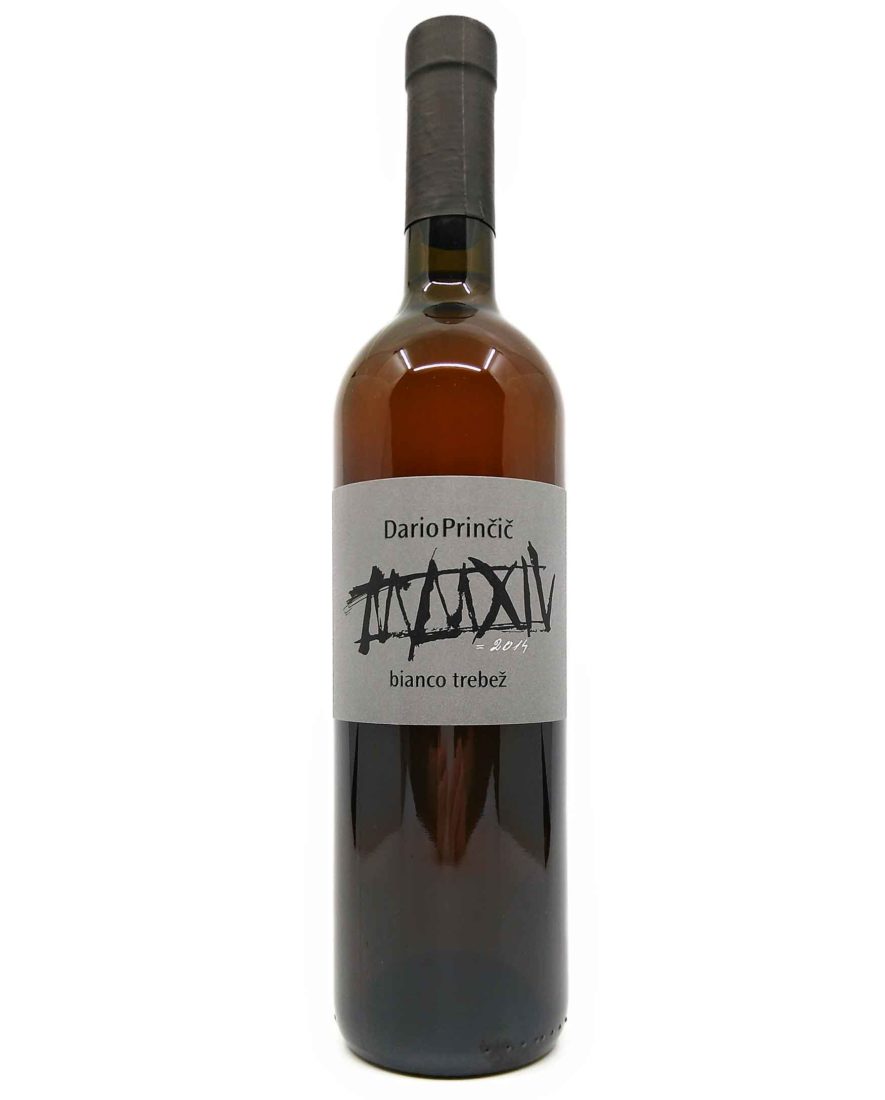
Bianco Trebez from Dario Prinčič
Italy
Made in Friuli in Northeast Italy near the Slovenia border, this skin contact wine is one of the most savory on the Grey’s list. “It checks every single box down the tasting notes sheet: citrus, apples and pear, green vegetable notes, mushrooms, and earthy soil characteristics,” Waters says. “The wine does well with our richest entrées like our heavy seafood dishes, pork, beef, or lamb.”

United States
“‘Niña’ is a beautiful oddball,” says Steve Buechner of Light Years Wine shop and bar in Houston. “It’s made by Dan Marioni, who is a lifelong Sonoman at the vanguard of the California natural wine movement. All his wines are soulful, energetic, and just the right amount of wild. This one elegantly straddles the line between orange and rosé and is perfect for late Texas summer.”



